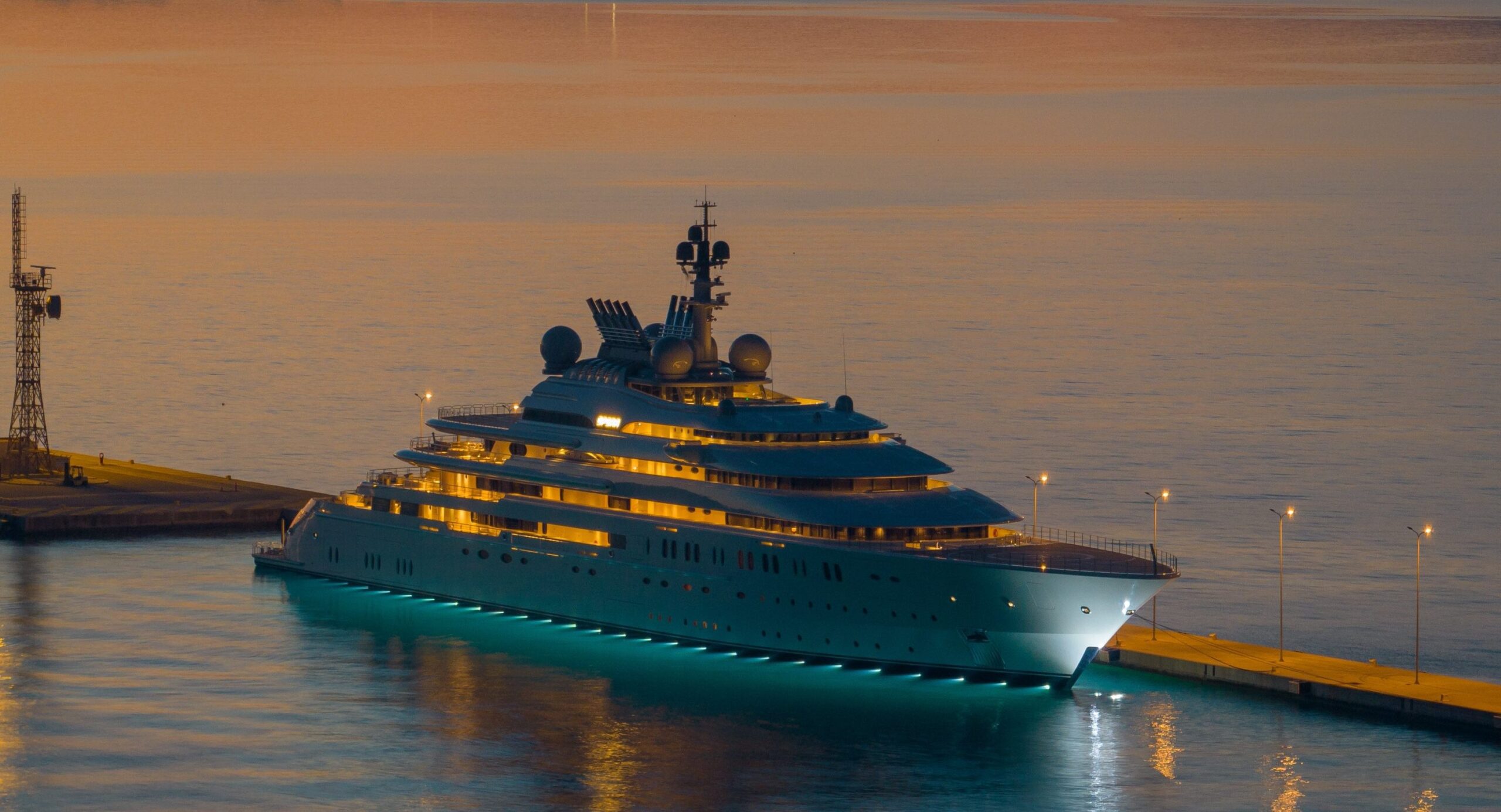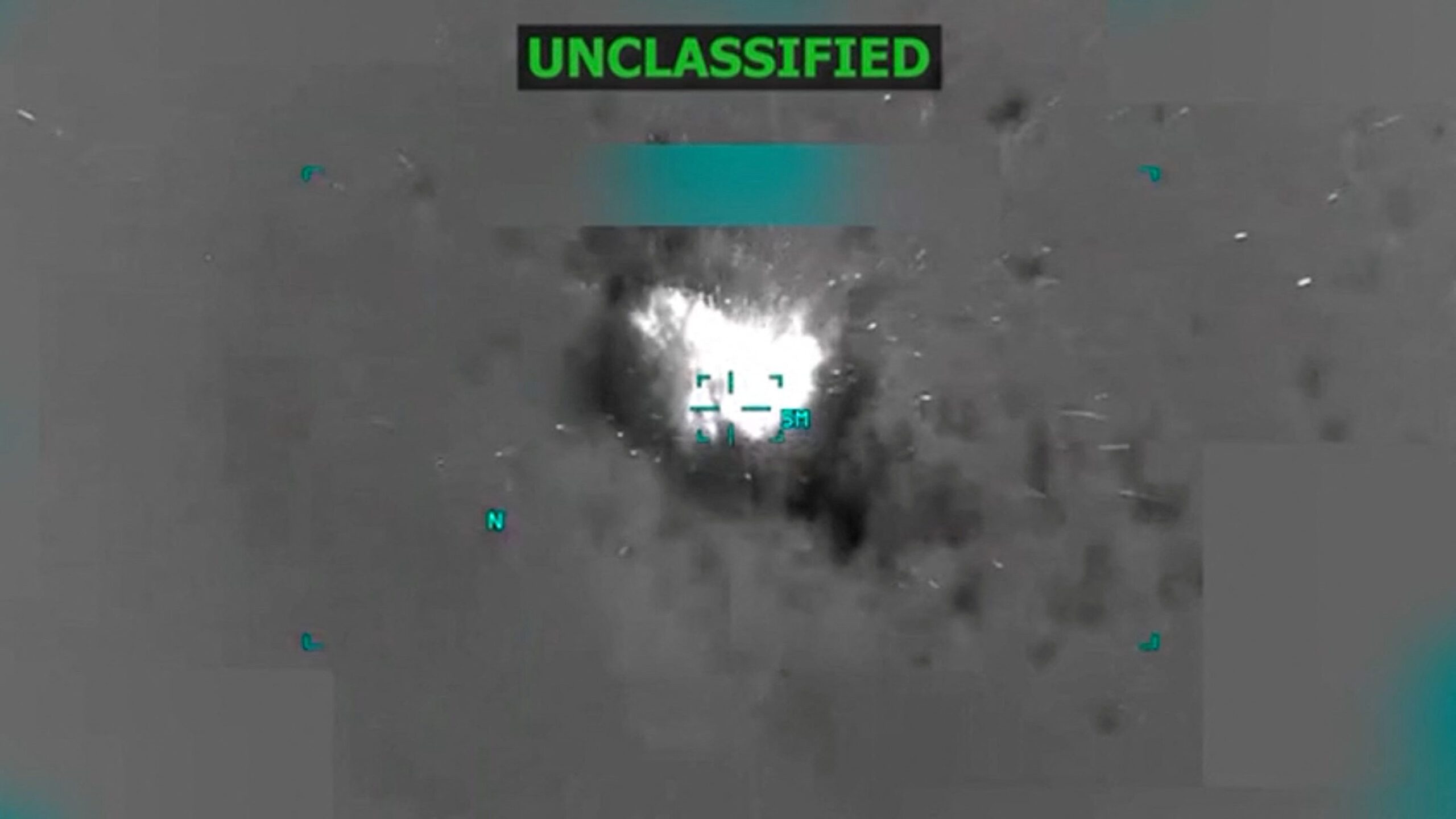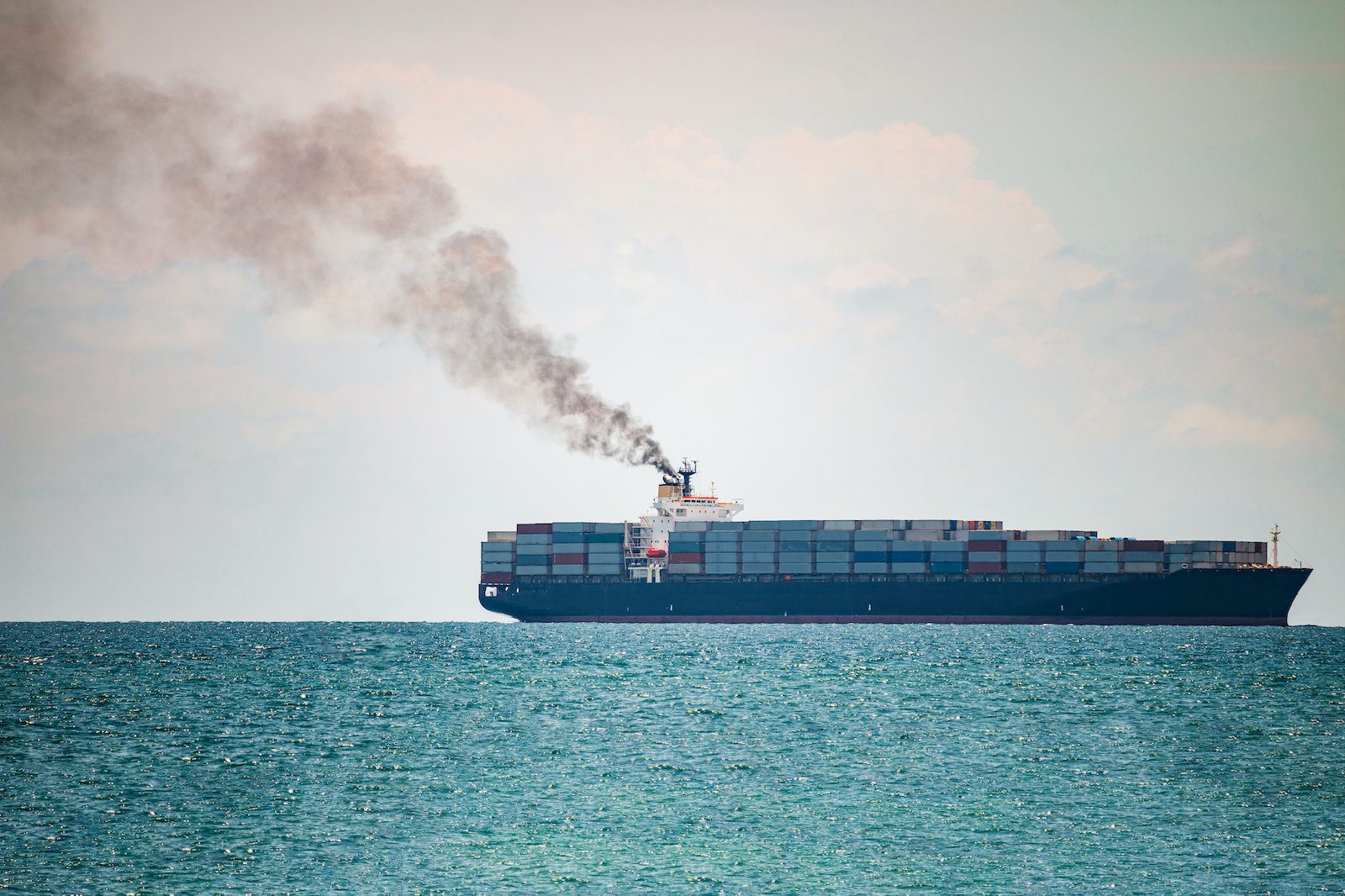The Lopez Mena (aka Francisco) at the Incat Shipyard. Photographer: Kim Clifford. Image (c) Incat Tasmania
Australian ferry builder Incat Tasmania claims to have built the world’s fast ship, which also happens to be the first high speed dual-fuel vehicle and passenger ferry.
The 99-meter vessel, named Francisco, tops out at a lightship speed of 58.1 knots, or 66 miles per hour. The company admits that, of course, there are some speed boats out there that would trump that, but not any with a carrying capacity of 1,000 passengers, 150 cars, an an enormous 1,100 square meter duty free shop.
The Francisco’s speed was put to the test last week during sea trials. Incat says that during the 1516 tonne displacement trial, the vessel achieved 51.8 knots at 100% MCR operating with one turbine on LNG and one on marine distillate, exceeding the results achieved on June 1 when she was sea trialled with full ballast, comfortably exceeding 50 knots at full power and maintaining a steady 49 knots at 90 percent power while operating on marine distillate.
And on Saturday June 15 with water ballast removed and both Port and Starboard Gas Turbines operating on LNG, Incat says the Francisco achieved a whopping 58.1 knots at 100% MCR.
The vessel’s high speed can be attributed to the combination of Incat’s catamaran design, the use of lightweight, strong marine grade aluminium, and power produced by the two 22MW GE LM2500 gas turbines driving Wartsila LJX 1720 SR waterjets. Of course for the sake of passenger experience, the vessels extensive and luxurious interior added significant (and necessary) weight increases, the Incat team worked to maximize weight savings during construction wherever possible.
Incat is still not claiming 58.1 as the end point of lightship trials either, given there was a full load of LNG on board (that’s two 40 cubic meter tanks) and about 35 tonnes of marine distillate.
“When we have less fuel on board, and delivery spares removed, we will see that speed go higher still in the shallow waters of the River Plate (Rio Plata),” said Incat Chairman Robert Clifford. “We are delighted with the efficiency of the design and sure that our customer, Buquebus, will be pleased with the results, enabling the ferry to compete with airline traffic on the River Plate route.”
The Francisco has been constructed for South American company Buquebus, for service on the River Plate, between Buenos Aires Argentina and Montevideo, Uruguay.
The name Francisco was chosen by Buquebus Chairman Juan Carlos Lopez Mena, in honor of the Argentinean born Pope Francis. “Godmother” to the ship will be the President of Argentina, Christina Fernandez de Kirchner, who will christen Francisco following the ship’s arrival in Argentina.
The ship is the eighth Incat vessel to be operated by Buquebus and their associated companies. It will be the largest catamaran they have operated, the world’s first dual fuel high speed ferry to operate on LNG as its primary fuel, and the fastest, environmentally cleanest, most efficient, high speed ferry in the world.
Incat’s High Speed Record
The fastest previous vessel built by Incat was Juan Patricio, also delivered to Buquebus, with a top speed at 53.8 knots. Juan
Patricio was delivered in 1996 and remains in commercial service. The Francisco is the fourth Incat built vessel with service speed over 50 knots.
The past three consecutive winners of the Hales Trophy, the Transatlantic Blue Riband record for commercial passenger ships, were all built by Incat. The average speed over the 3 day (unrefueled) voyage of Incat hull 049 was 41.284 knots.
Incat has built 25 High Speed Craft over 5000 gross tonnes with a top speed in excess of 45 knots.

 Join The Club
Join The Club











